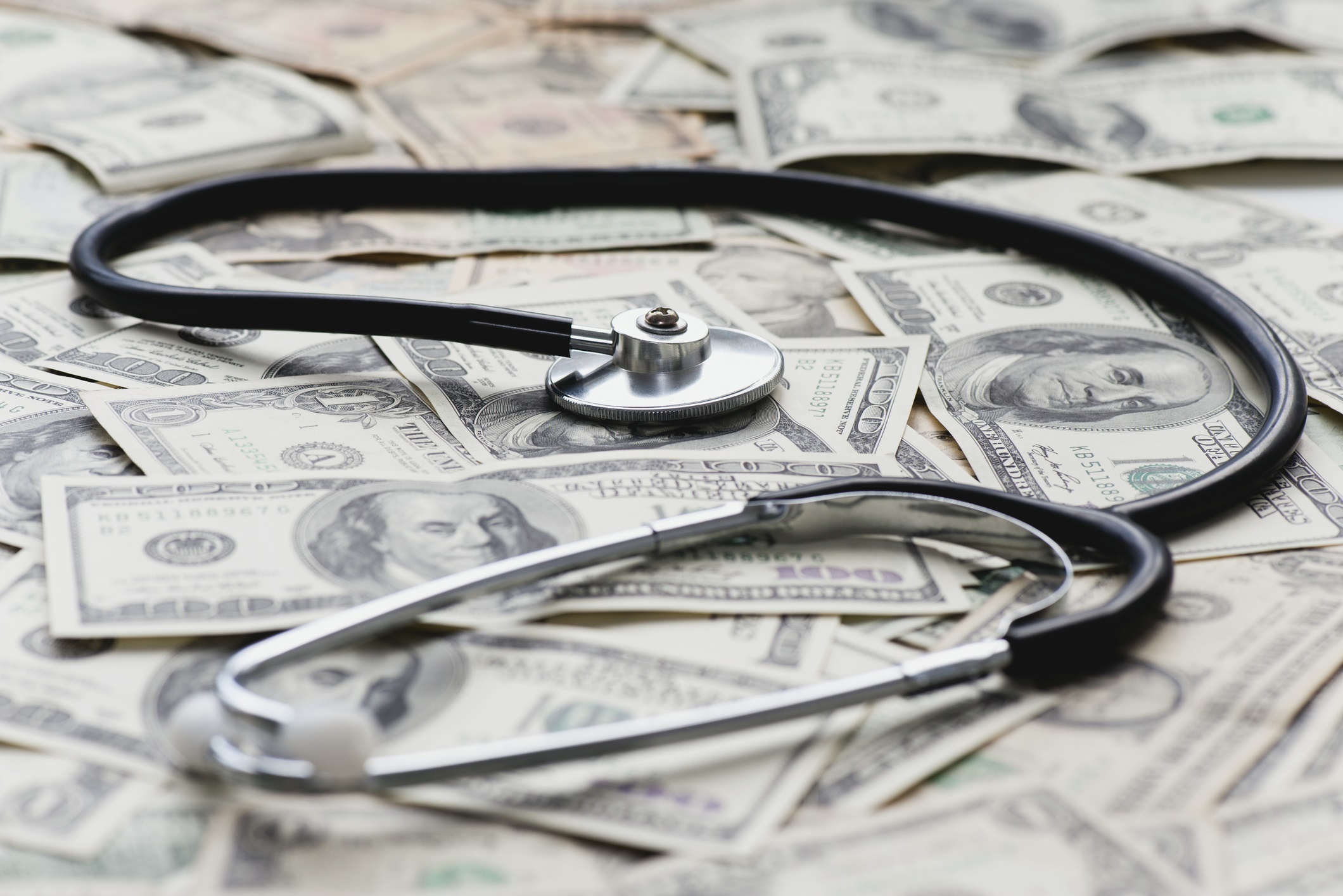UConn Today sat down with UConn School of Medicine’s Dr. Victor Villagra of the Health Disparities Institute (HDI) of UConn Health to find out more about medical debt, the number one reason for personal bankruptcy in the U.S. He is lead author of a new HDI study brief shining light on the growing crisis.
Q: How common is medical debt in the U.S. and Connecticut?
A: Medical debt is very common but the exact number is difficult to pin point because figures only surface when collection agencies get involved or patients are sued. People are embarrassed when they cannot pay their debts so they are reluctant to talk about it. About 20% of Americans had medical debts and were in collection in 2014. In Connecticut about 12,000 people are sued in small claims court every year.
Q: Who is at highest risk for medical debt – and how harmful can it be?
A: The poor, people of color, and the uninsured are at the highest risk. But increasingly people with insurance and a good income are having trouble paying their medical bills. This discourages people from seeking care, they may discontinue or cut back on their medications, it worsens mental health problems, and can ruin people’s credit rating. Perhaps doctors should ask patients to talk about what kind of problems patients are having due to financial stress including affording their healthcare.
Q: Why is medical debt such a growing issue in the U.S.?
A: The number one reason is because the price (not necessarily the cost) of healthcare products (e.g.: pharmaceuticals) and services (e.g.: 3 stitches in the ER) is out of control and peoples’ income cannot keep up with the unfettered price increases. The second cause is high deductible insurance plans where people must pay out of pocket more and more every year. The third reason is the excessively complex insurance system leading to all kinds of costly errors accessing care (e.g.: out-of-network facilities or providers). The fourth reason is the consolidation of medical practices, hospital systems, pharmacy benefit managers (PBMs), ambulance services, you name it, into huge corporations that have so much economic and political power to dictate prices and squash measures to bring prices under control or introduce more competition. Just imagine the theoretical impact of a threat by one of these corporations to leave the state if the government, for example, wanted to offer a public option. Thousands of jobs and tax revenues would be lost. It is a check mate.
Q: How are insurance companies contributing to the problem?
A: We should not single out insurance companies. The entire supply chain of healthcare products and services and the laws that protect unfettered price escalation contribute to the crisis.
Q: How is medical debt driving health disparities?
A: Because African Americans and Hispanics make up the highest demographics in poverty and the uninsured. And let us not be silent on the role of institutional and implicit racism because even after “controlling for” education, income, insurance status, etc. people of color receive unequal care.
Q: When medical debt occurs how does it potentially impact the patient-physician relationship and healthcare access?
A: We are eager to answer that question through our research. We suspect that the impact is not good.
We are hoping to begin the study this summer.
Q: Tells us about your new study planned?
A: We would like to explore in more depth the impact of medical debt and provider-initiated litigation against patients on the patient-physician relationship. We specifically want to learn about what happens to trust, physician agency (“I am on your side”), continuity of care and overall quality of care. Before we embark on such a study we will do a small pilot of a few patients and doctors to learn more about these issues.
Q: What do you and your research team recommend to improve this issue?
A: One of the most urgent issues is to increase the transparency of hospital billing because they frequently contain errors such as attributing the debt to the wrong person or billing for services the patient did not get or the insurance company should have covered. This would open the doors for far greater scrutiny of not only billing practices but also for the high price of products and services with little accountability in relation to actual cost.
To learn more about the Health Disparities Institute of UConn Health visit, here.



